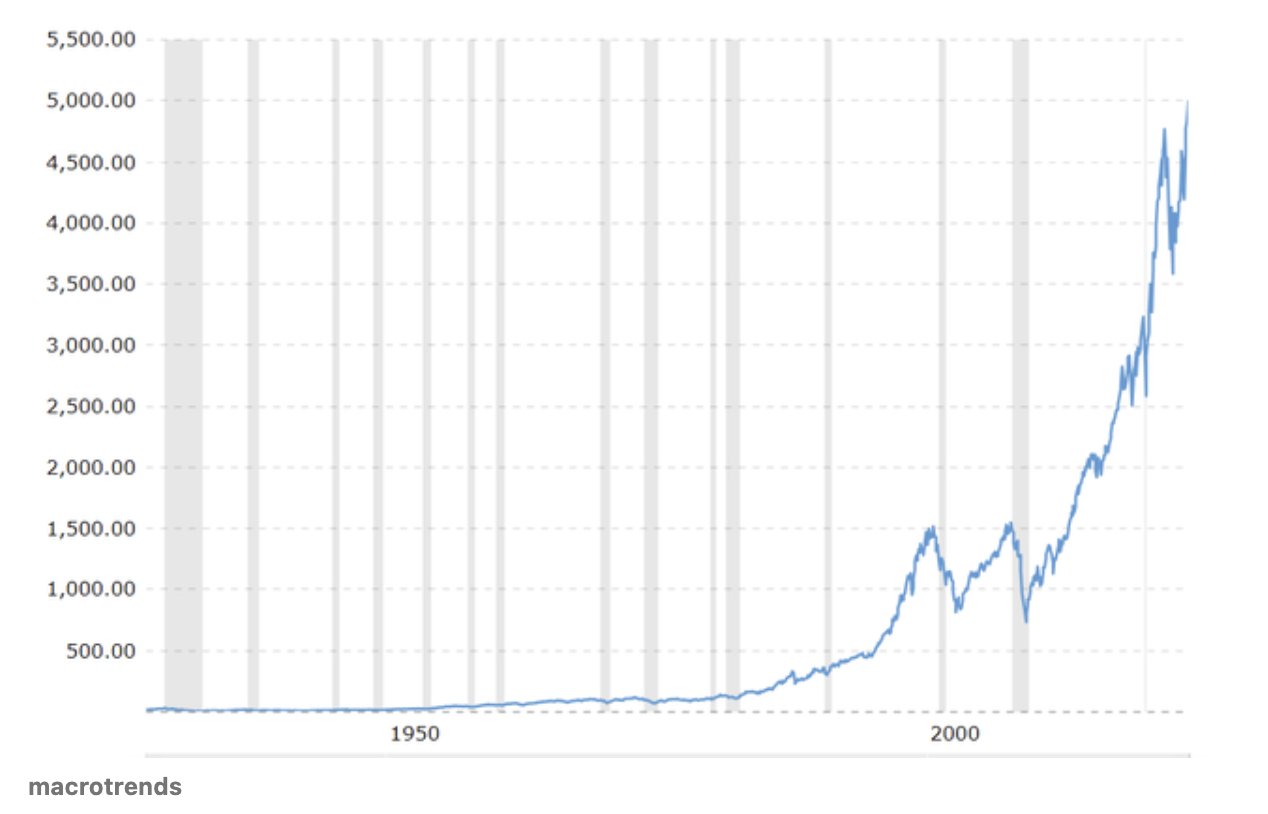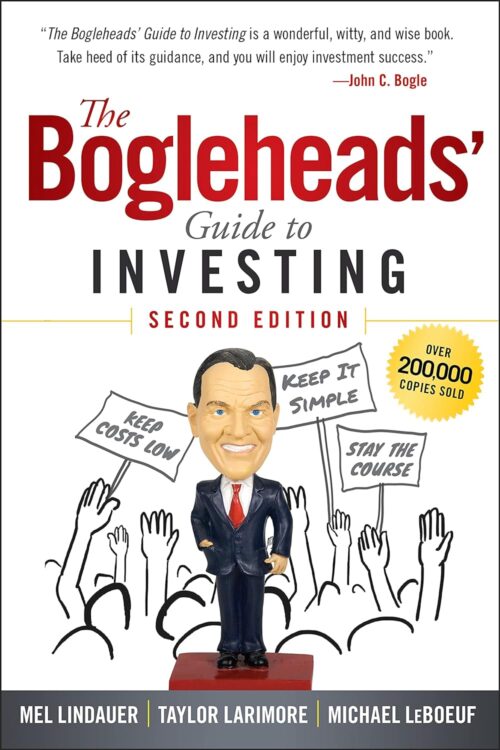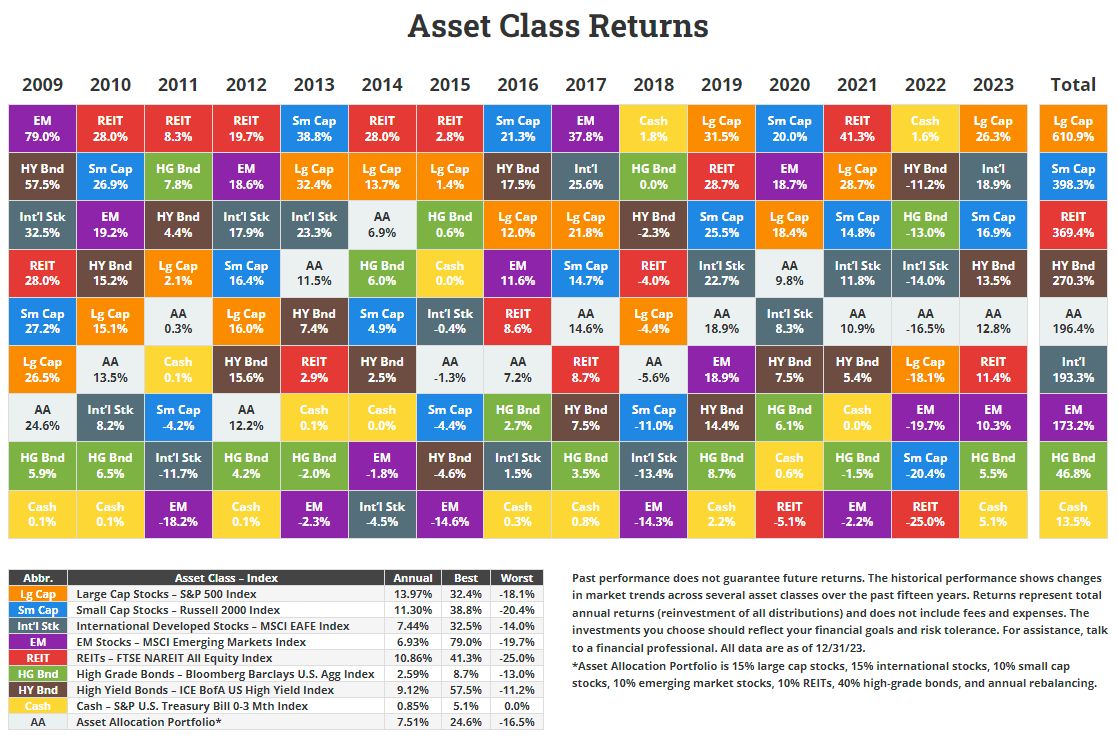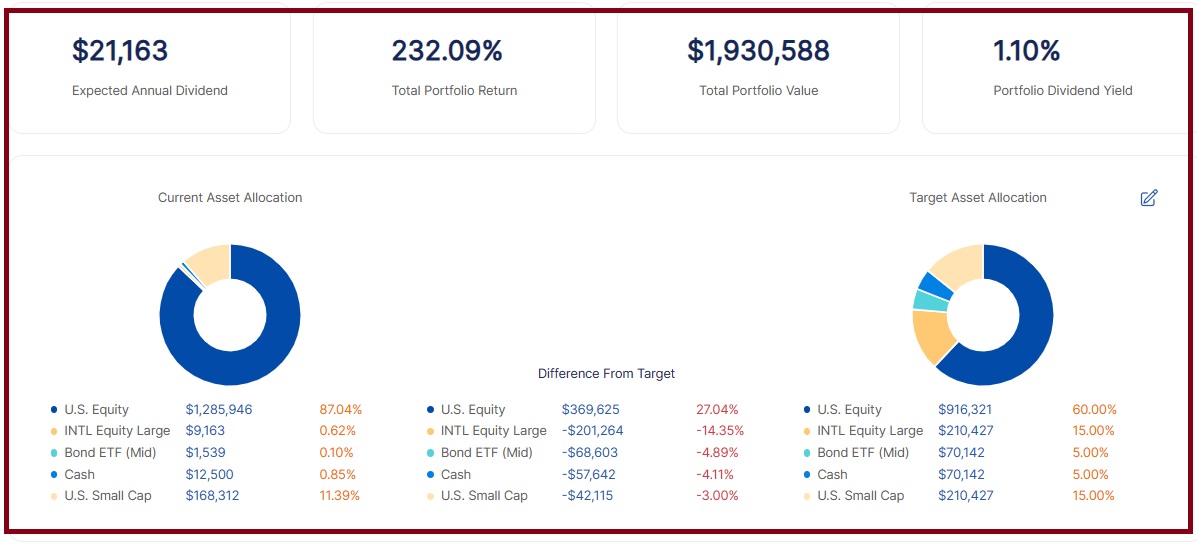Enjoy high returns through simple passive investing using the Vanguard Boglehead investment methodology.
Now that you understand “What is a Boglehead” and “Boglehead Investing Principles“, this post is to help you understand the 3 steps to get started as a new Boglehead investor.

Step 1: Select Your Asset Allocation
We covered Asset Allocation in detail in this blog so we suggest reading that first. Now that you have an understanding of Asset Allocation as a Boglehead, your actions will depend on where you are on your investment journey:
New Investor
If you’re a new investor its much simpler than an investor who needs to “transition” from a complex portfolio to a simple Boglehead portfolio. A new investor needs to select their asset allocation % then align the Vanguard ETF’s to the allocation.
We provide a number of pre-selected portfolios at AssetRise for you to pick from. You can select a pre-built portfolio or build from scratch within our portfolio tool.
Experienced & Current Investor
Starting as a Boglehead can be a bit tricky for an existing investor as most of the time you are moving from a complex portfolio mix of individual stocks, bongs, mutual funds across many accounts. You also need to take into consideration of tax consequences of selling non-sheltered assets such as a taxable account.
Most of us will do a “wholesale” sell of our assets to cash, then begin buying the Boglehead assets to fill up our portfolio. It would be best to consult with your CPA or sel-research to understand the tax consequnces of any asset sales.
Step 2: Input & Track Your Assets
Now that you have a clear asset allocation aligned to the Vanguard ETF’s for your portfolio, life will become much simpler! You will move from a very complex investplan plan to ultra-simple.
One of the considerations you will have is to track and manage your asset allocation and rebalance. The good news is your strategy is simple – keep track of your asset allocation then rebalance so you sell high and buy low.
You will have a few options of how to manage your Boglehead Vanguard Portfolio:
Spreadsheets
Most investors will jump to Google Sheets or Excel to manually build out their portfolio tracking. We list some examples here to use.
The pro is its free and you can customize. The downside is how do you keep current as market prices change daily, what cycle do you update, and what happens when you have multiple accounts to overlay asset allocation. For example, how do you track your asset allocation across a taxable, IRA, and 401k account? The spreadsheet begins to grow in complexity.
Many people simply don’t want to spend time updating and keeping spreadsheets current.
Institutional Dashboards (Fidelity, Vanguard, Schwab)
Your investment holder will provide dashboards to see and track your invesments, including some tools to assist with planning. Fidelity and Vanguard provide tools to assist you in investment analysis. What these dashboards are missing is a wholistic view of all your investments across all accounts. For example: if you have a taxable account at E-Trade and your 401k at Fidelity, along with an IRA at Vanguard then how do you get a wholistic asset allocation across all accounts? While Fidelity has begun to add plug ins to bring assets from other providers, its lacking the views that a Boglehead will need to see to rebalance.
The reason quite frankly is Fidelity, E-Trade, and others are focused on you buying more assets from them not asset allocation outside of their accounts with you.
AssetRise Online Portfolio Tool
AssetRise was designed from day 1 to align to Boglehead investment principles of a low cost, simple asset allocation that is easy to rebalance. AssetRise features tracking, optimization, and rebalancing exactly how a Boglehead would invest.
AssetRise does not hold investments, but a management tool to track your allocation, report to you weekly, monitor from “drift”, and assist you with the data you need to take action.
AssetRise provides the flexibily to track your investments across investment firms, including the asset type, tickers updated real-time, and even custom assets to your liking.
The result is a simple asset allocation that a Boglehead needs to stay current without the need for manual tracking or spreadsheets.
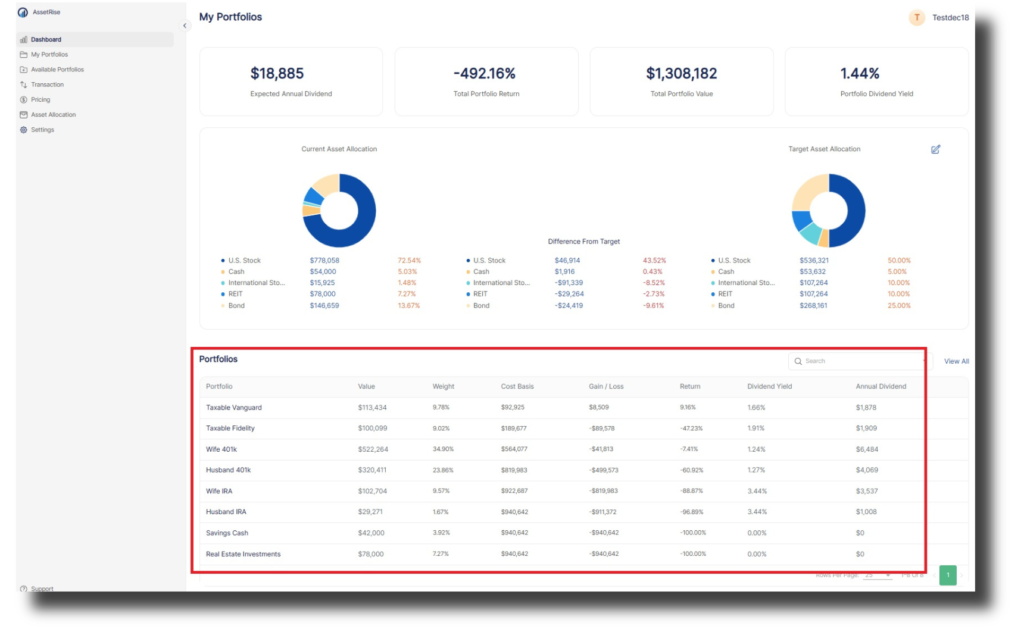
Step 3: Manage and Rebalance
Now that we have covered your Asset Allocation and tool to manage your portfolio, you simply need to monitor and rebalance when needed.
I will point out that many investors rebalance not through buying and selling, but adding new money to their allocation.
So for example: if you at low in your Bond allocation, and are to invest a new lump sum of cash, then add the cash to your Bond allocation to reset to the desired allocation.
We cover rebalancing in detail in this blog post.
In Conclusion
Being a Boglehead investor is simple by design. You select a simple, 5 fund or less asset allocation, track & manage your assets, and rebalance as needed.
After you are setup as an investor, it will sometimes feel “boring” as there’s not much to do! This is a very good thing, as you are enjoying the returns of passive investing while you focus your time in life on higher priorities.
Reduce your stress level through simplicity not complexity.
